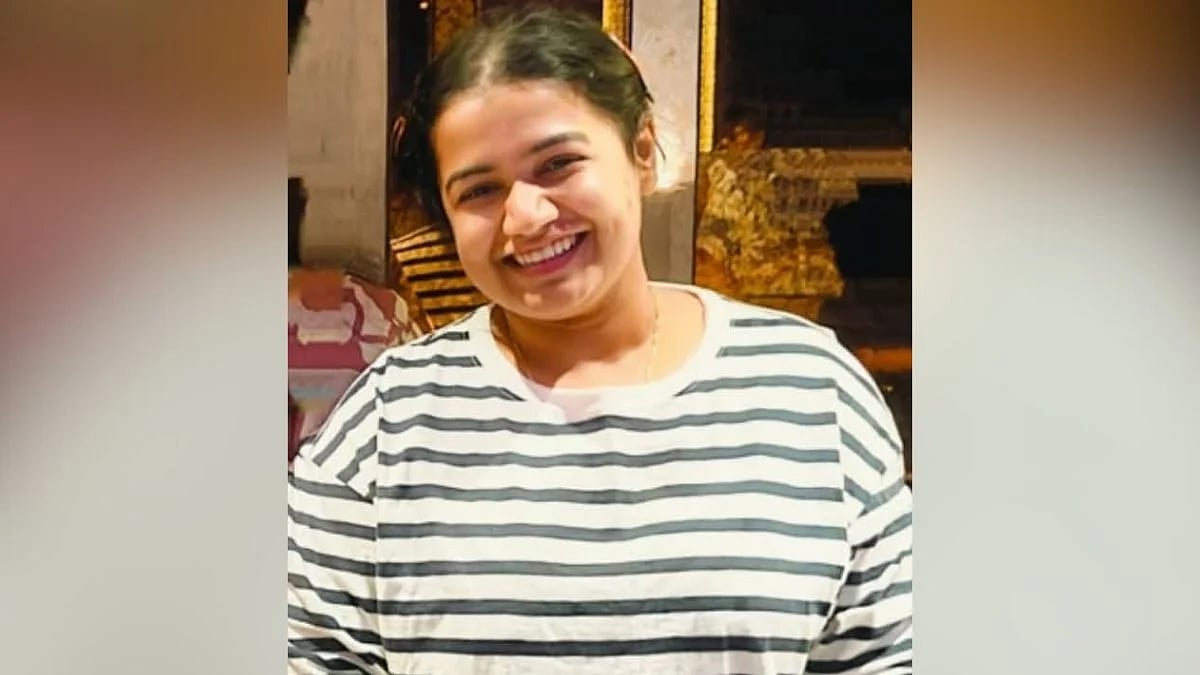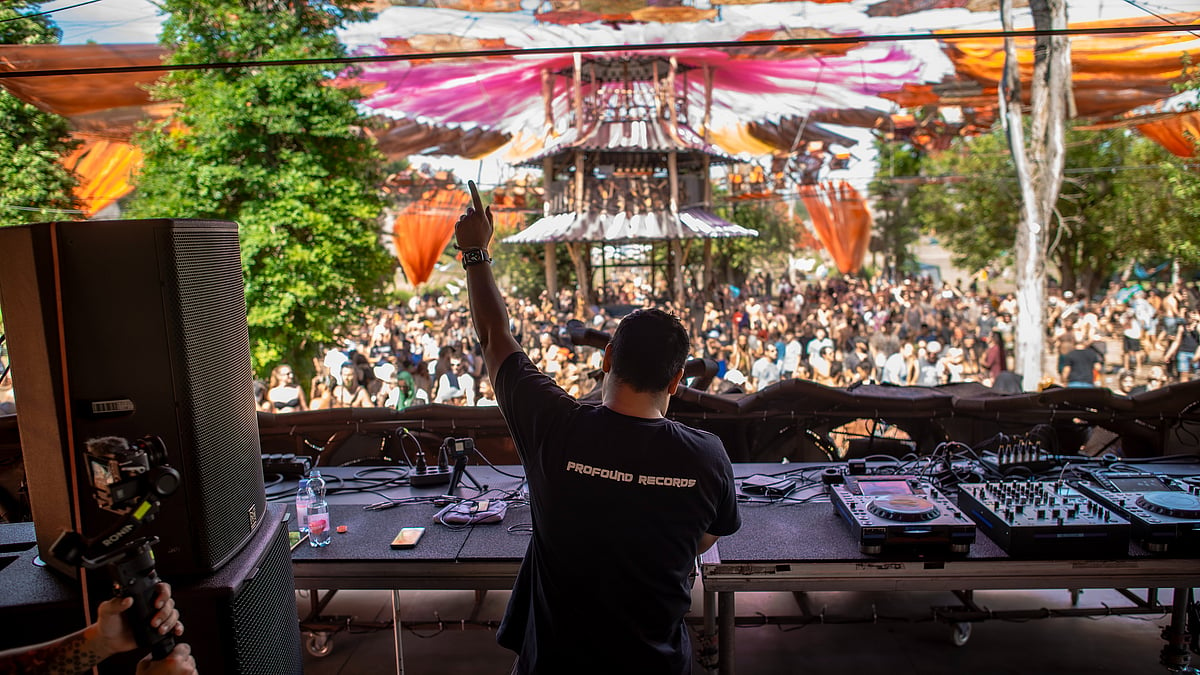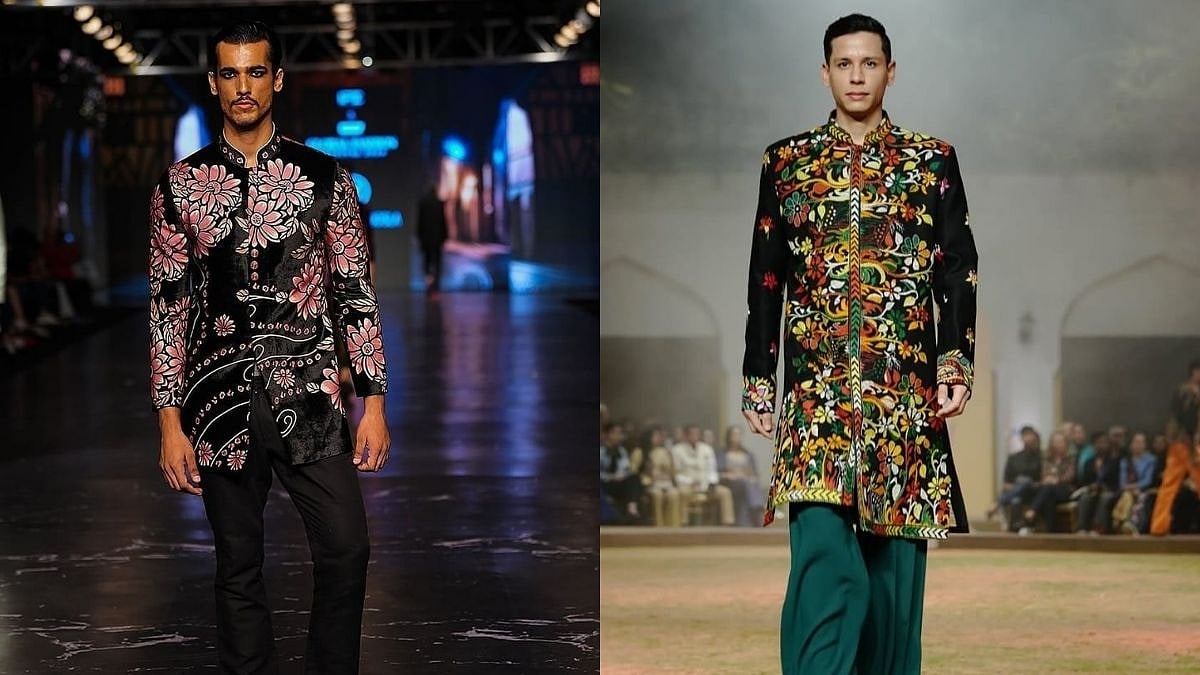About a week ago, 19-year-old Jublee Tamuli was singled out for wearing shorts to an examination centre in Tezpur, Assam. Even though the admit card didn’t mention a dress code, the invigilator took it upon himself to humiliate the young student by refusing to allow her to appear for the exam unless her father went and bought her long pants. Finally, as this was taking time, the market being eight kms away, she was forced to drape a curtain around her legs and write the entrance exam. That this incident, however terrible, took place isn’t surprising. Moral policing in India is something we have all grown up with. So much so that we often don’t even notice it even if it’s staring us in the face. Literally.
How often have you been given the disapproving up and down once-over by someone? No words need to be exchanged. The eyes make it abundantly clear. That bra strap showing is offensive to them. The cleavage is an invitation. The low-slung sari isn’t quite kosher. Legs that go on for miles are okay on models being ogled at in private in a magazine, but considered a personal affront in real life. What amazes me is how not being covered up is thought of as ‘disrespectful’. Why is someone else’s body, in whatever stage of dress or undress, a sign of disrespect to anyone? While the rest of the world has moved on to loftier goals, don’t we spend too much time either trying to impress others with our appropriateness or to suppress others whom we deem dressed inappropriately?

Several years ago, I had a similar experience as Jublee’s. I wanted to attend a photo exhibition in the annexe of the Bombay High Court. I was dressed in calf-length white capris and a sleeveless top with an Indian print. To me, it was regular attire that could take me anywhere, from my office to leisure activities. But to the woman at the security gate, my bare arms were indecent! While there is a dress code for the judiciary, there isn’t really a dress code for anyone entering the premises. Especially someone who isn’t even going to a courtroom in the main building at all.
But, in the absence of a written dress code, the decency of visitors’ clothing is left to the discretion of the security personnel. What came as a shock to me at the time was how discriminatory even the law was towards women. How men in singlets were not turned away from that same gate, but I was, despite not being sloppily clothed. In the aftermath of that incident, which made it to the front page of city newspapers, I had several lawyers chiming in about how the High Court must be ‘respected’. I was nonplussed that my bare arms apparently rocked the foundations of one of the top institutions of the country!
Forget lawyers, I’ve even had fisherwomen giving me lectures on clothing! To conduct a tour of the Sassoon Docks for two National Geographic photographers from the US, I wore a smart knee-length dress. One that wouldn’t get splattered with fish water like a longer one would. But a woman lounging by the side yelled out to me in Marathi, asking me ‘is this what you wear to this place?’ At first, I gave her the benefit of the doubt, thinking she was being protective, woman to woman. But she continued, getting quite demeaning, making her meaning crystal clear. I tried to just ignore the insults, letting them slide like water off a duck’s back. But then I found myself mentally judging her too, an ample woman spilling out of her sari and blouse, berating me for bare legs! Luckily, I could calmly walk away from that situation.
Everything about the body being provocative is so subjective. In Victorian England, an exposed ankle was considered shocking. In India’s deep forests, the adivasis (first residents) wear next to nothing quite naturally without anyone judging each other. So, what is it about an arm or a leg that offends people? Especially if, like Jublee or me, it’s obvious that the clothing isn't worn with the intention of fanning sexual desires but for comfort and staying cool in the Indian weather. And even if someone wanted to wear provocative clothing, why shouldn’t they? Who are we to decide, right?
In some cases, these unwritten rules cut across gender as well. A male friend in college once told me how he wasn’t allowed to wear shorts at home as his grandparents would find it disrespectful. And senior colleagues at the newspaper I worked with were asked to wear full pants to work or else... They chose to walk.
This discussion is especially ironic this week. As September 22 marks exactly 100 years of Mahatma Gandhi deciding to step out of a house in Madurai wearing just a dhoti for the first time. From suits in his barrister days in South Africa to full Kathiawari dress on his return to his divesting himself of everything but the basics to resonate with the masses. He was lauded by Indians for his decision. No one said he was disrespecting people by his wardrobe choices.
I suppose context is everything. But, in a country as diverse as ours, it is difficult to determine what exactly constitutes correct. If, like China once did, we want to prescribe a uniform for everyone, then that’s another story. But part of being a democracy is giving people the freedom to make their choices, wise or otherwise.
(The columnist is Associate Editor, TravelDine, and a bespoke Mumbai tour specialist. Find her on Instagram and Twitter @priyapathiyan and @thehungryhappyhippy on Facebook. She blogs on thehungryhappyhippy.com)













